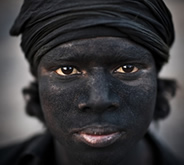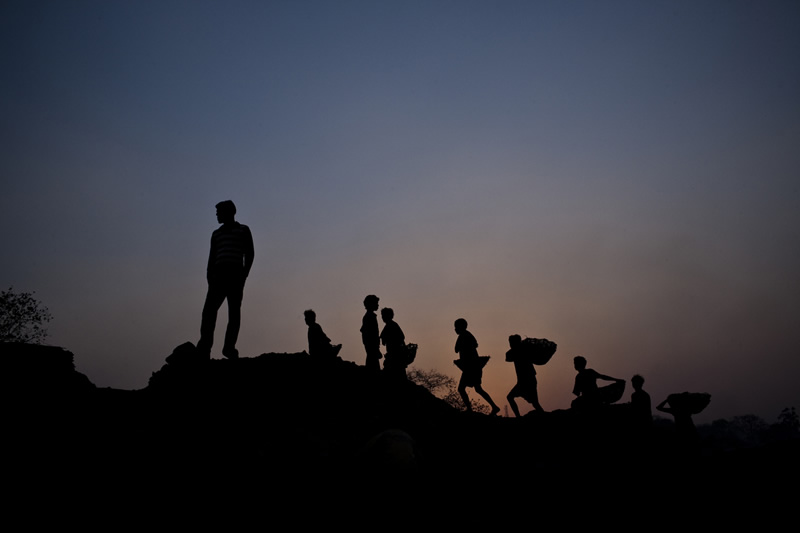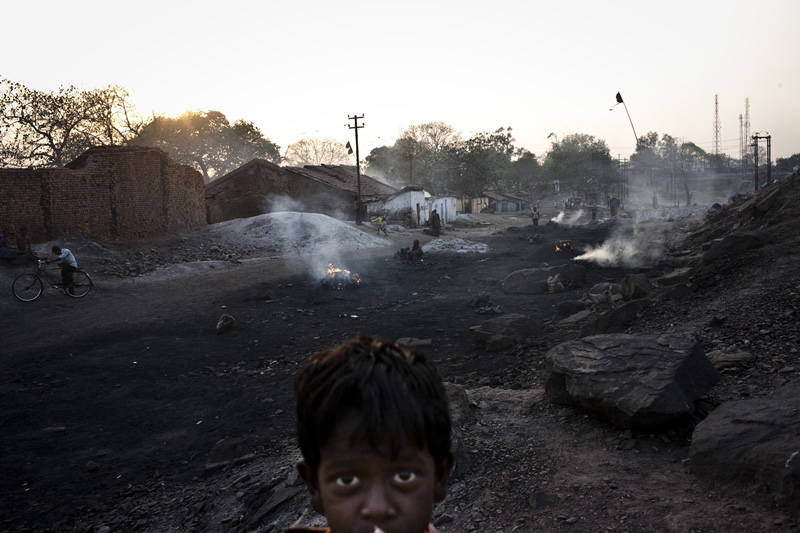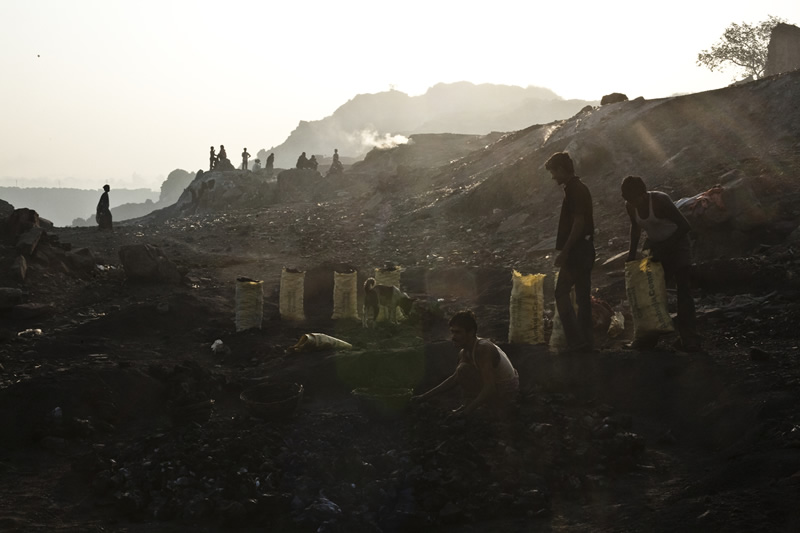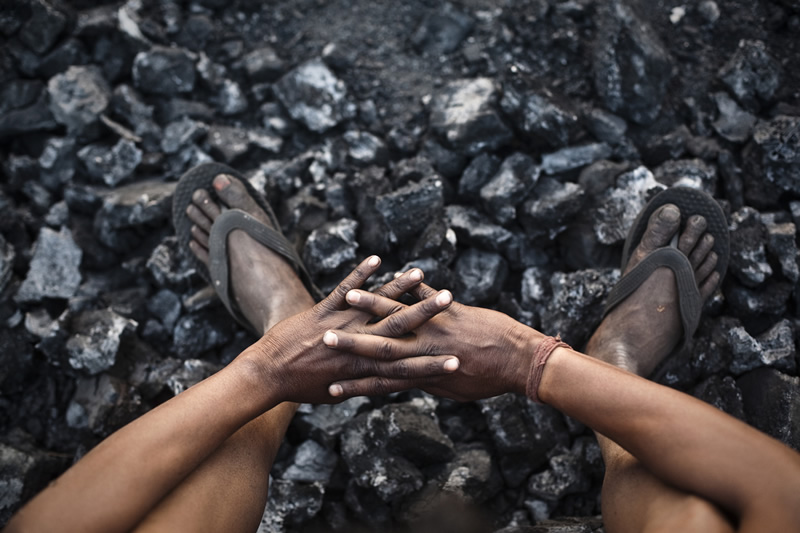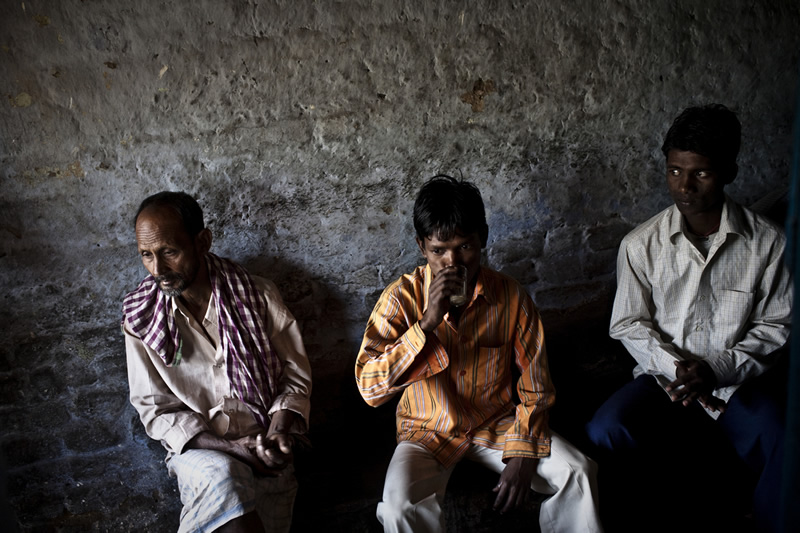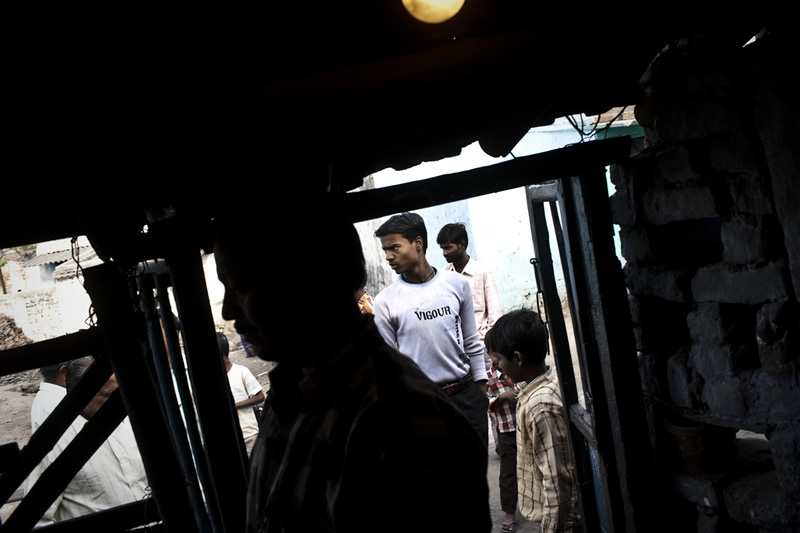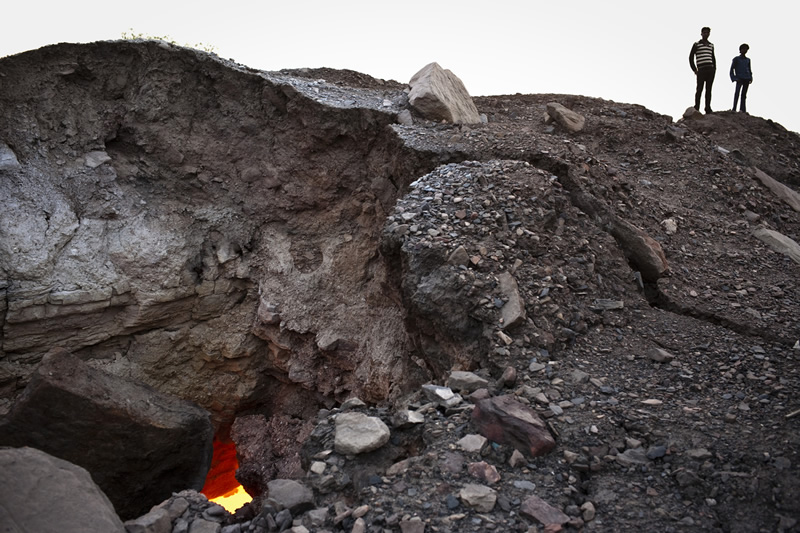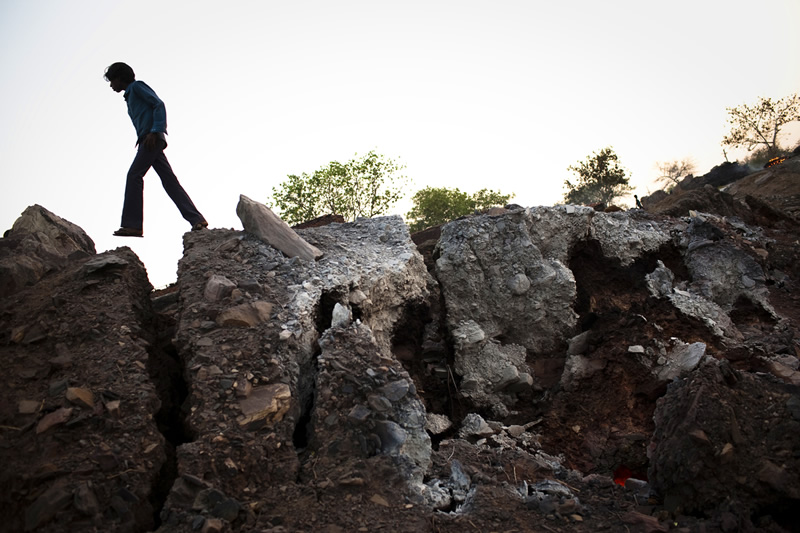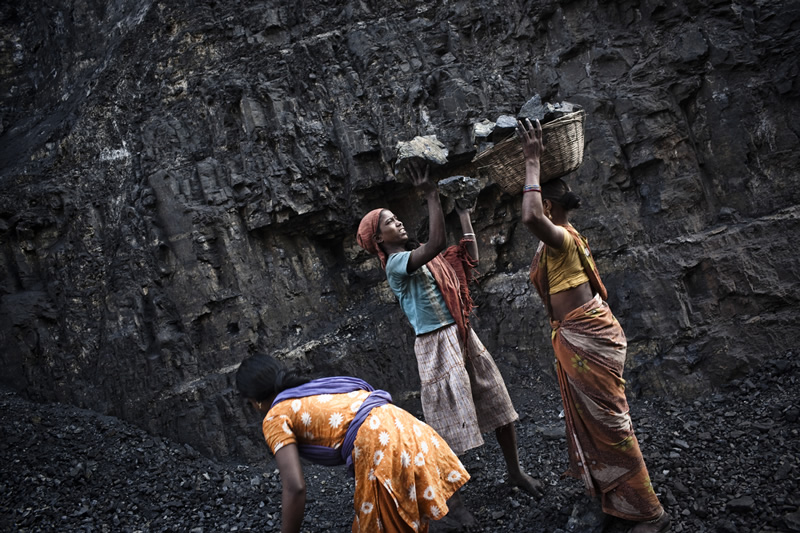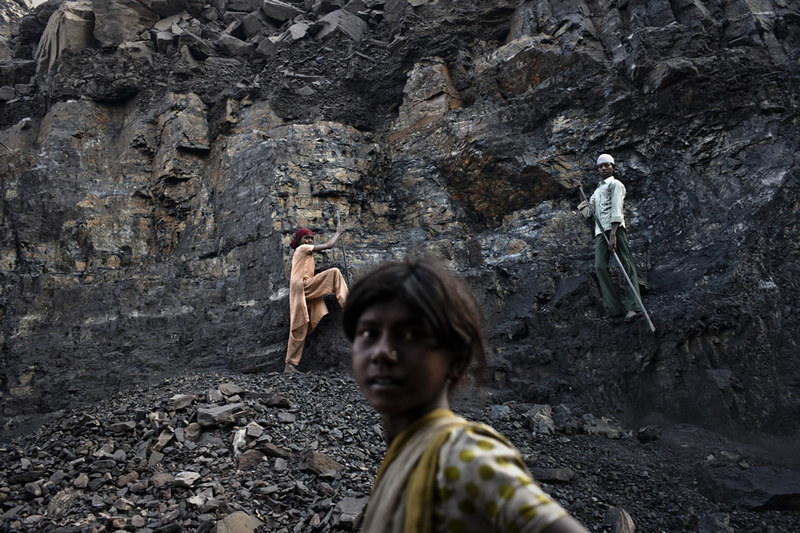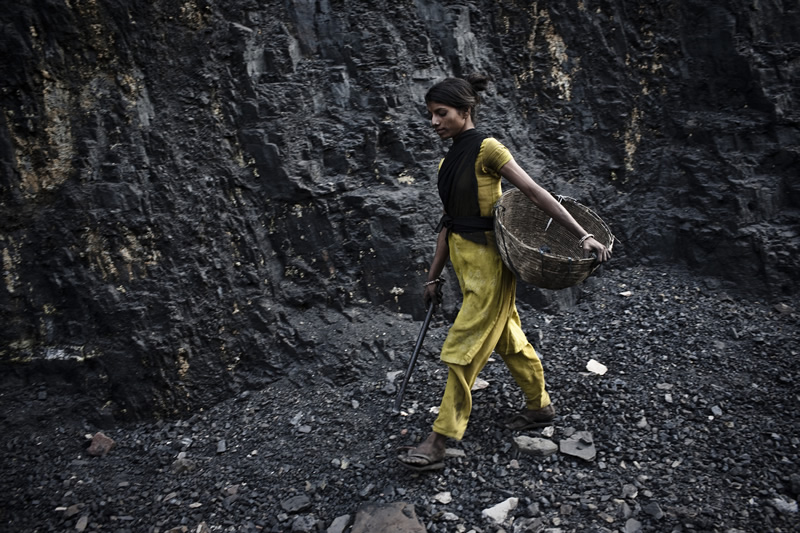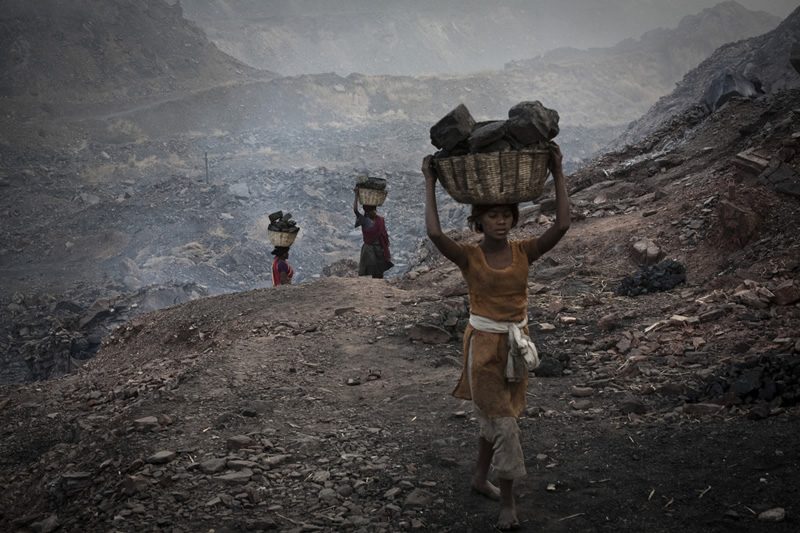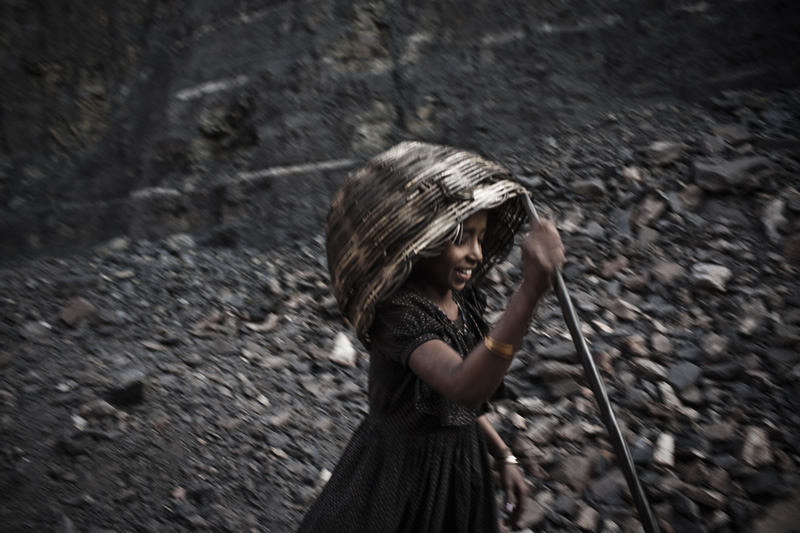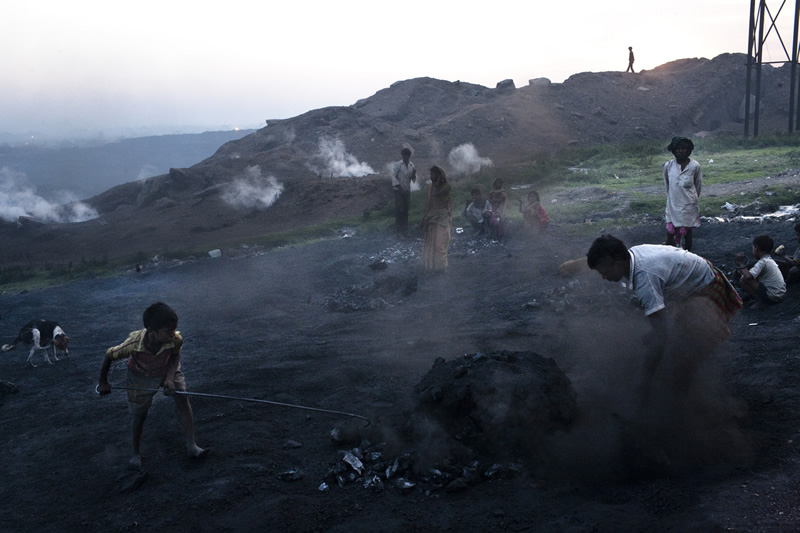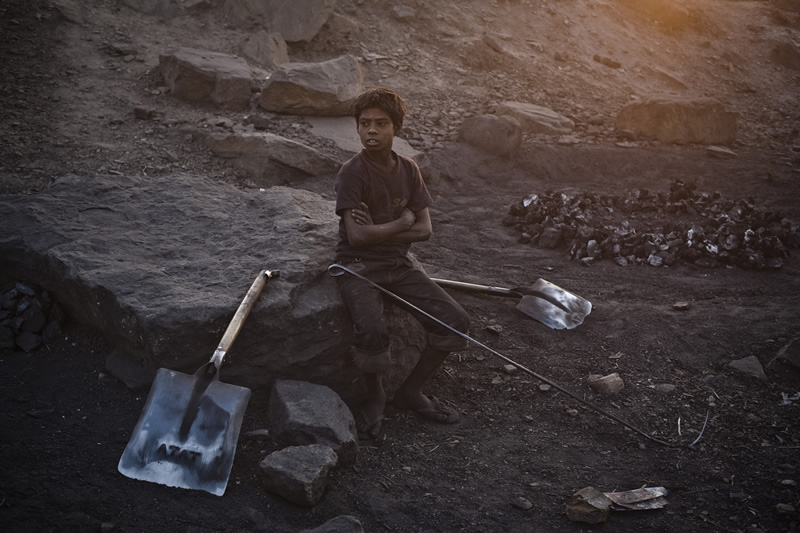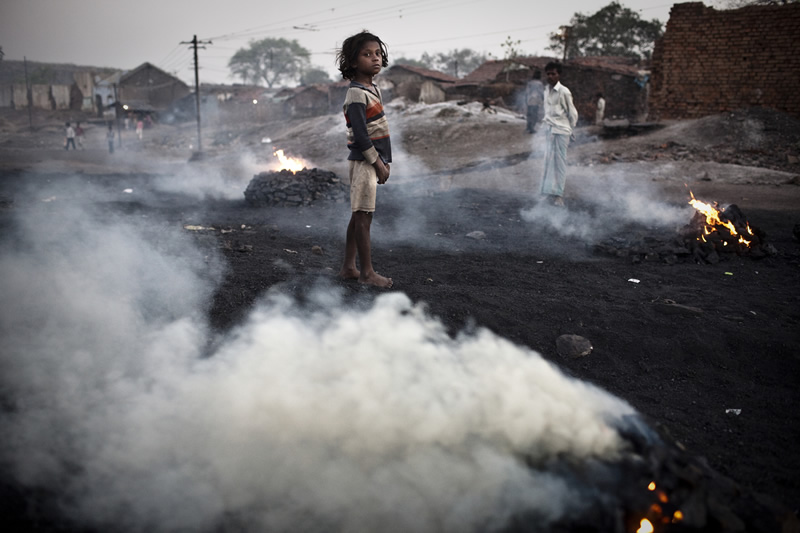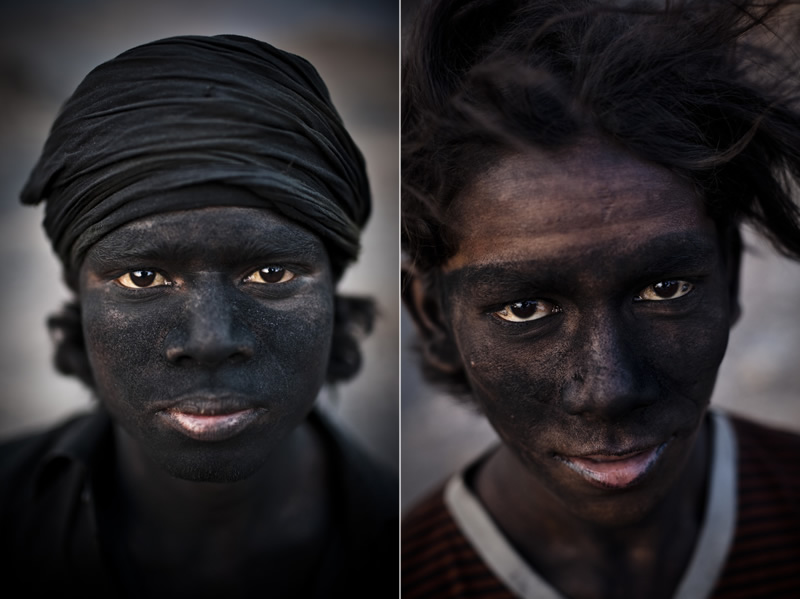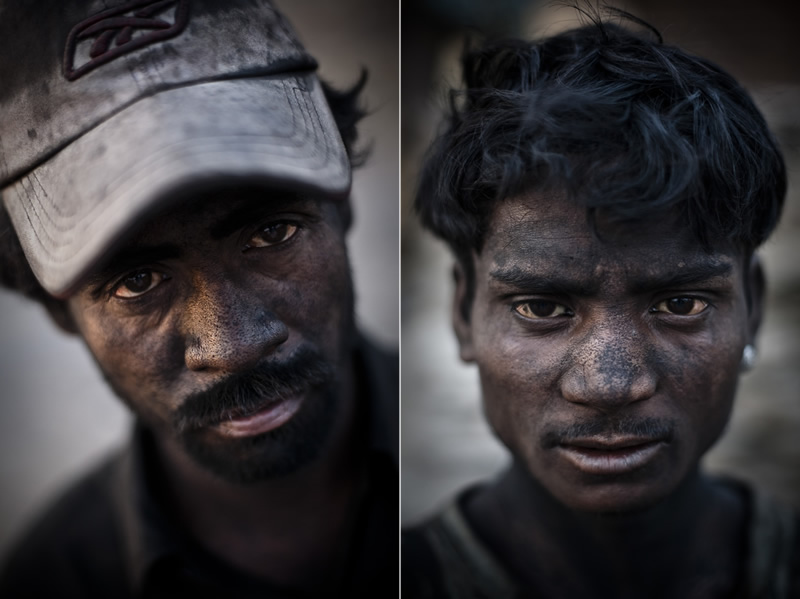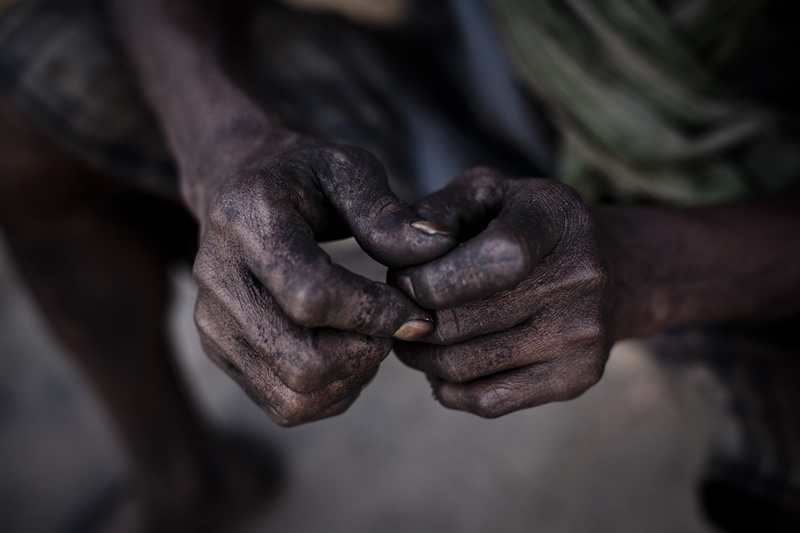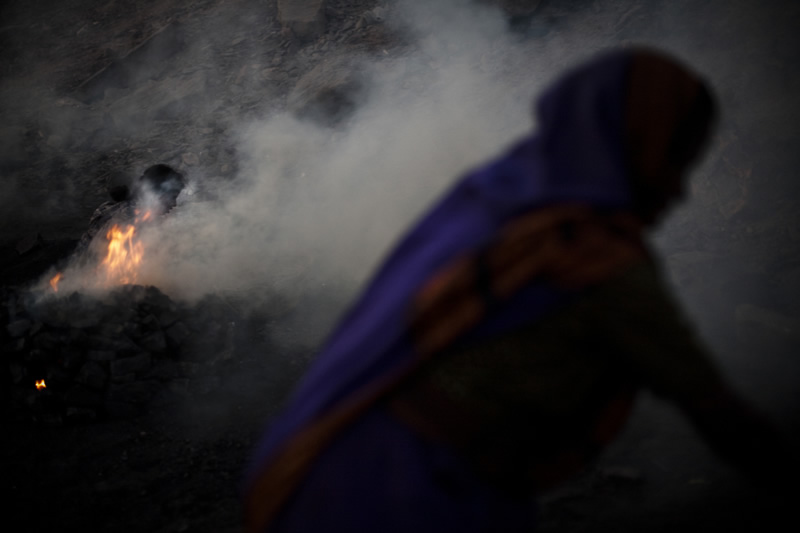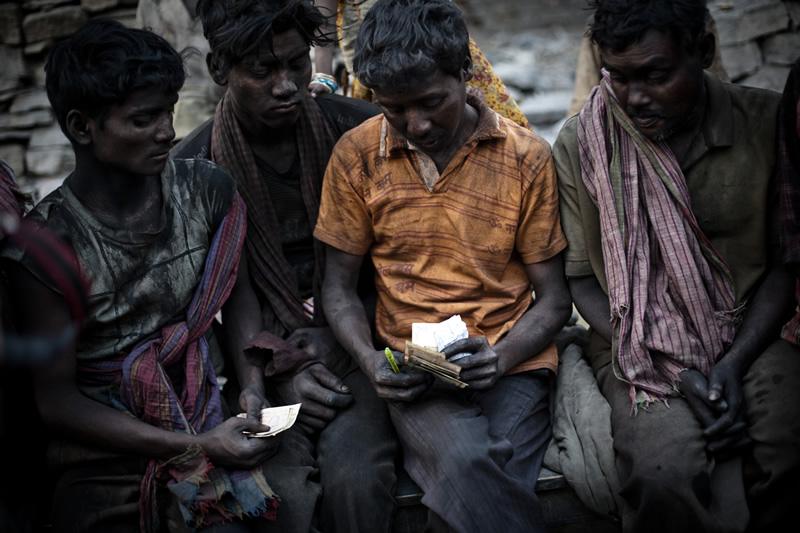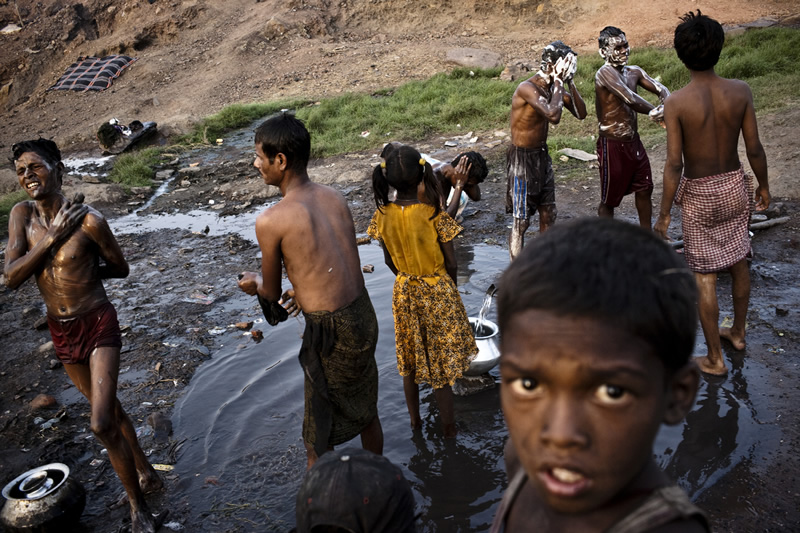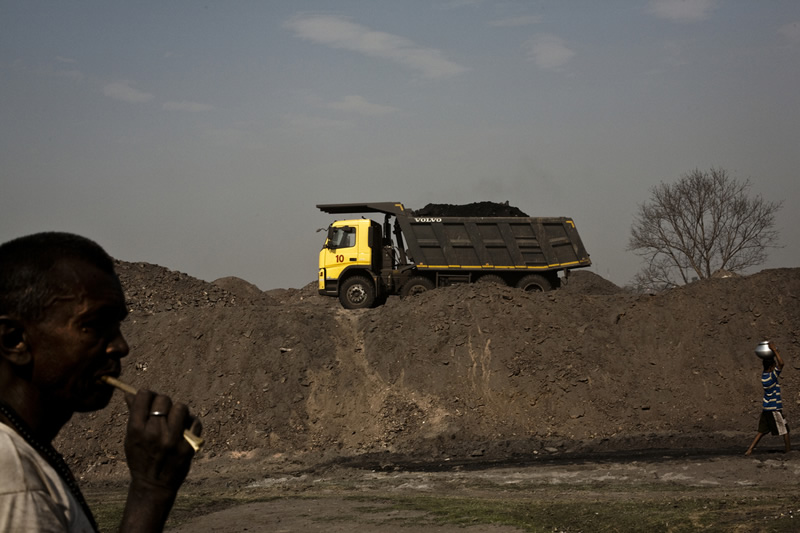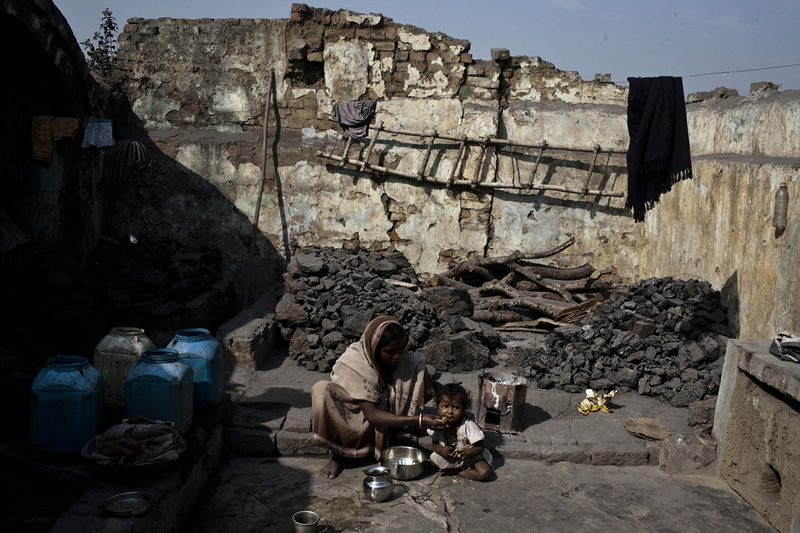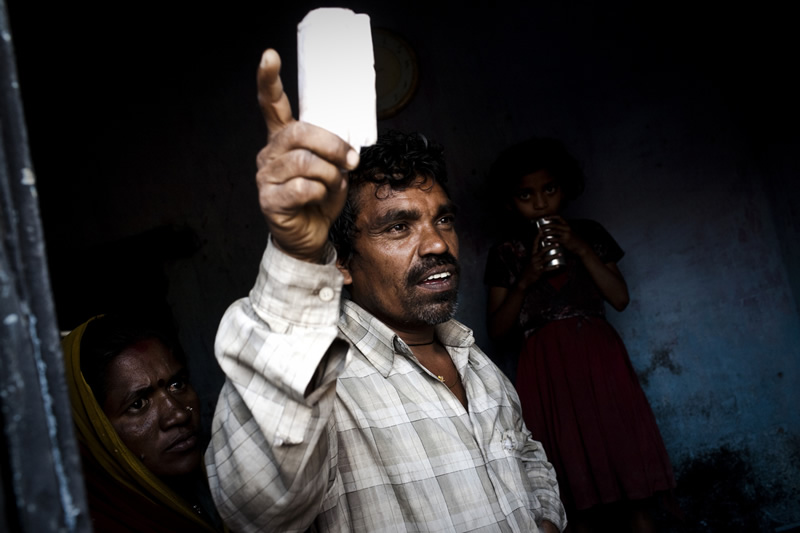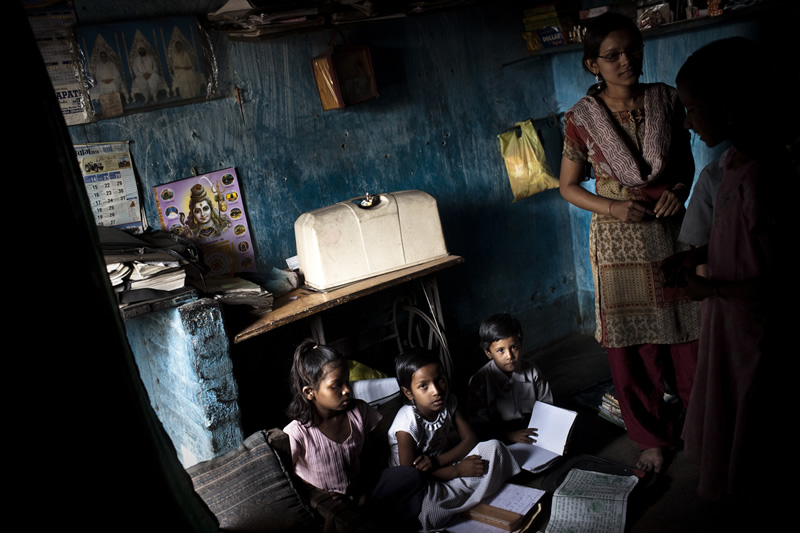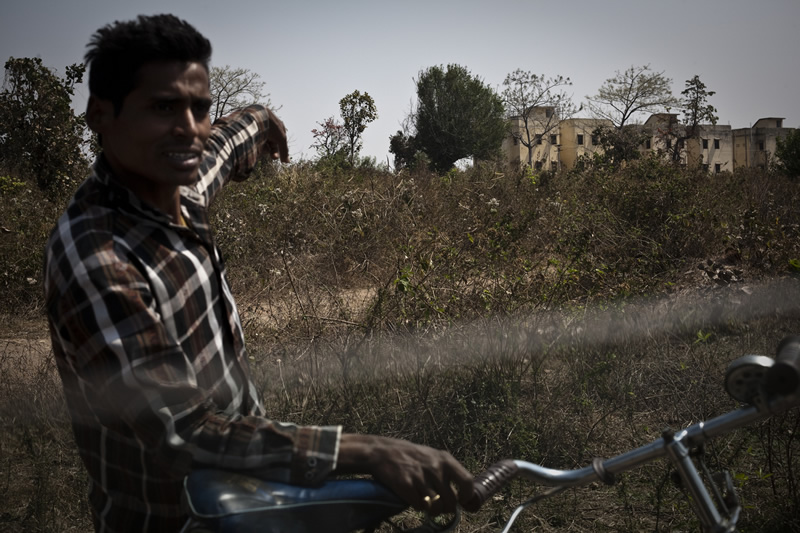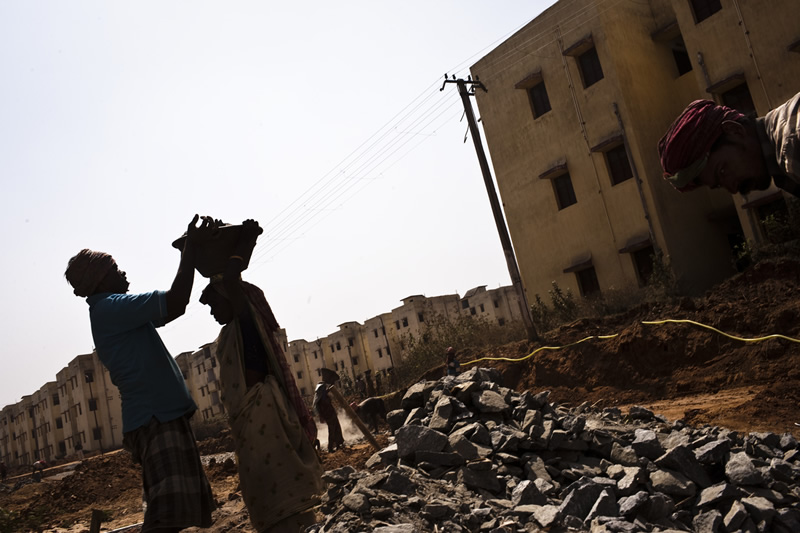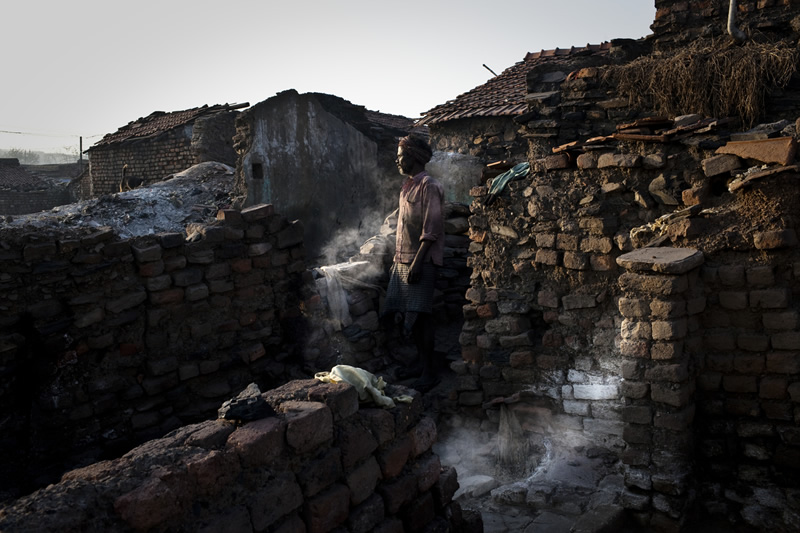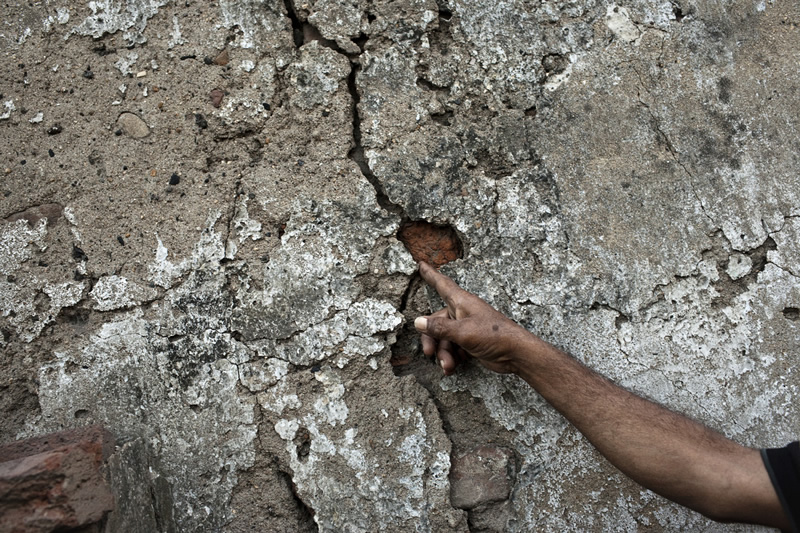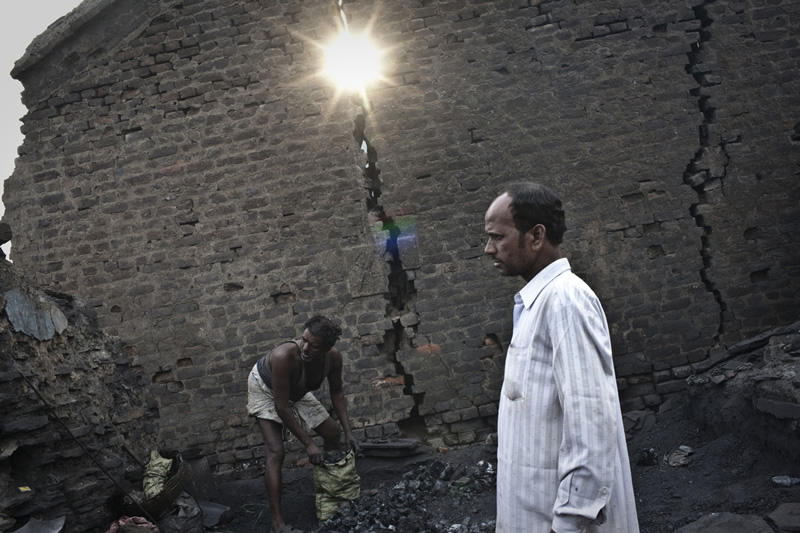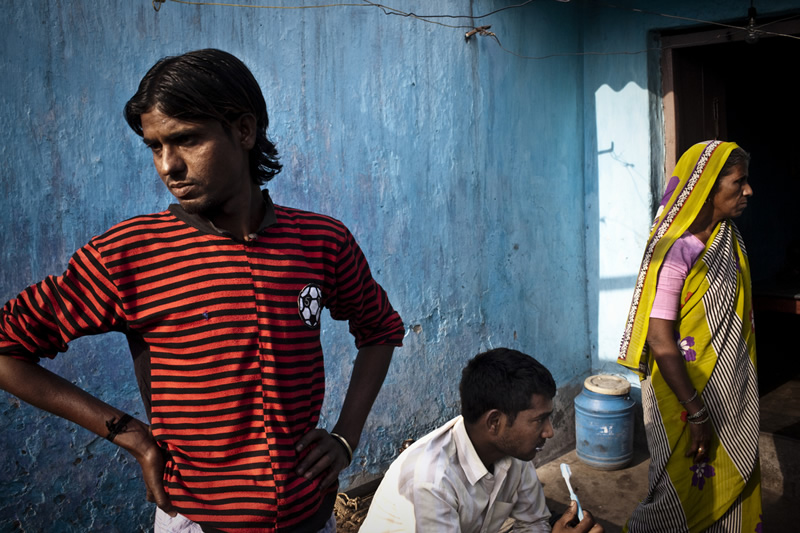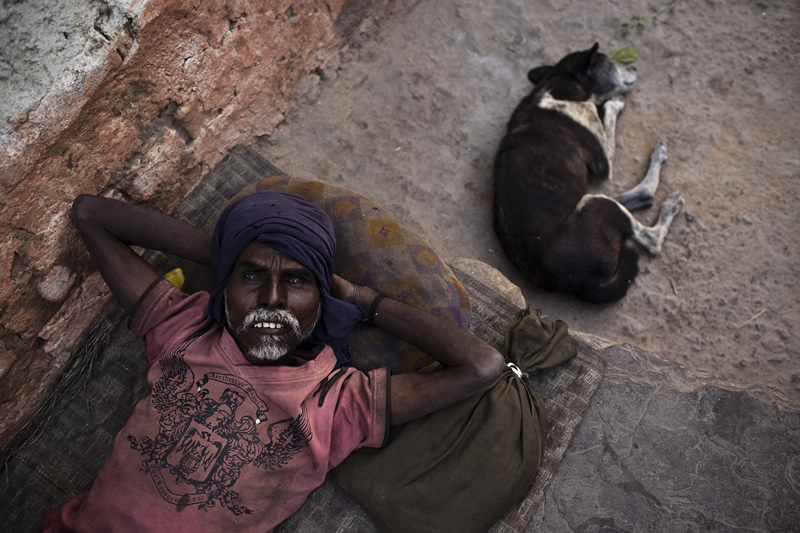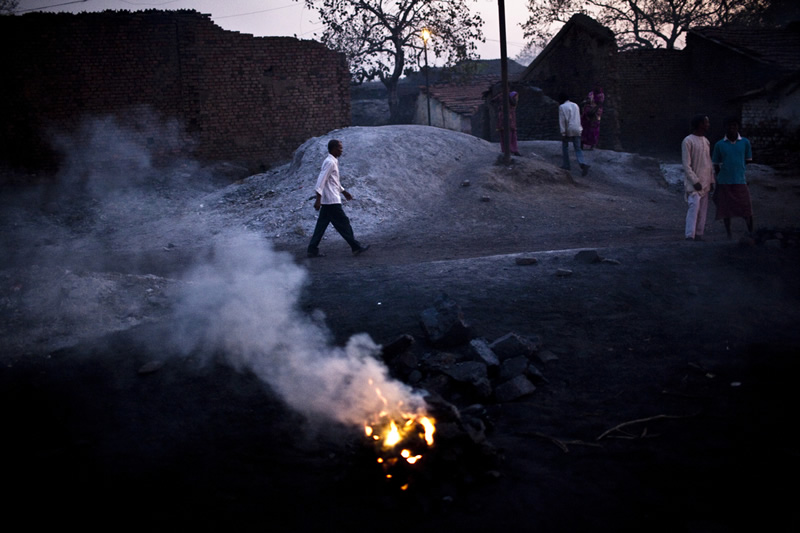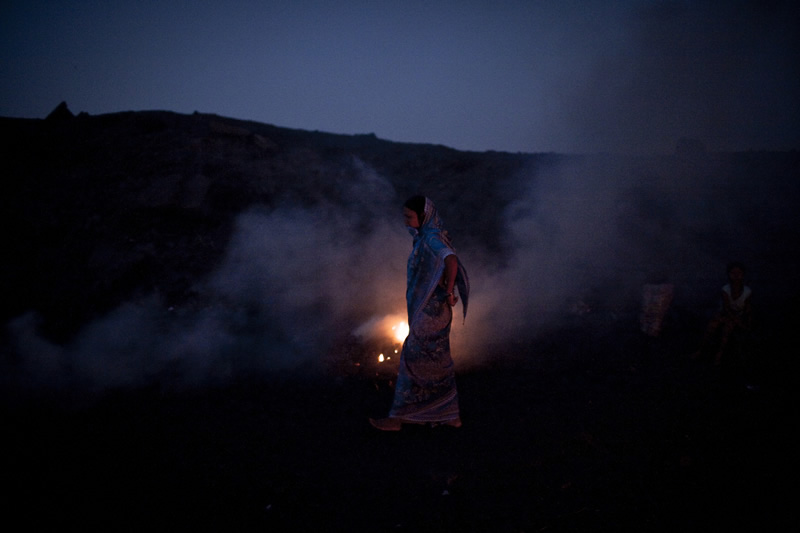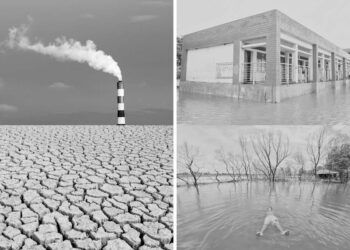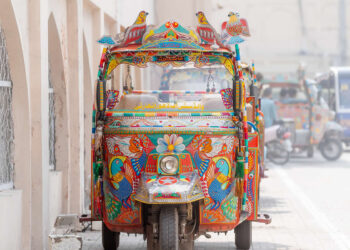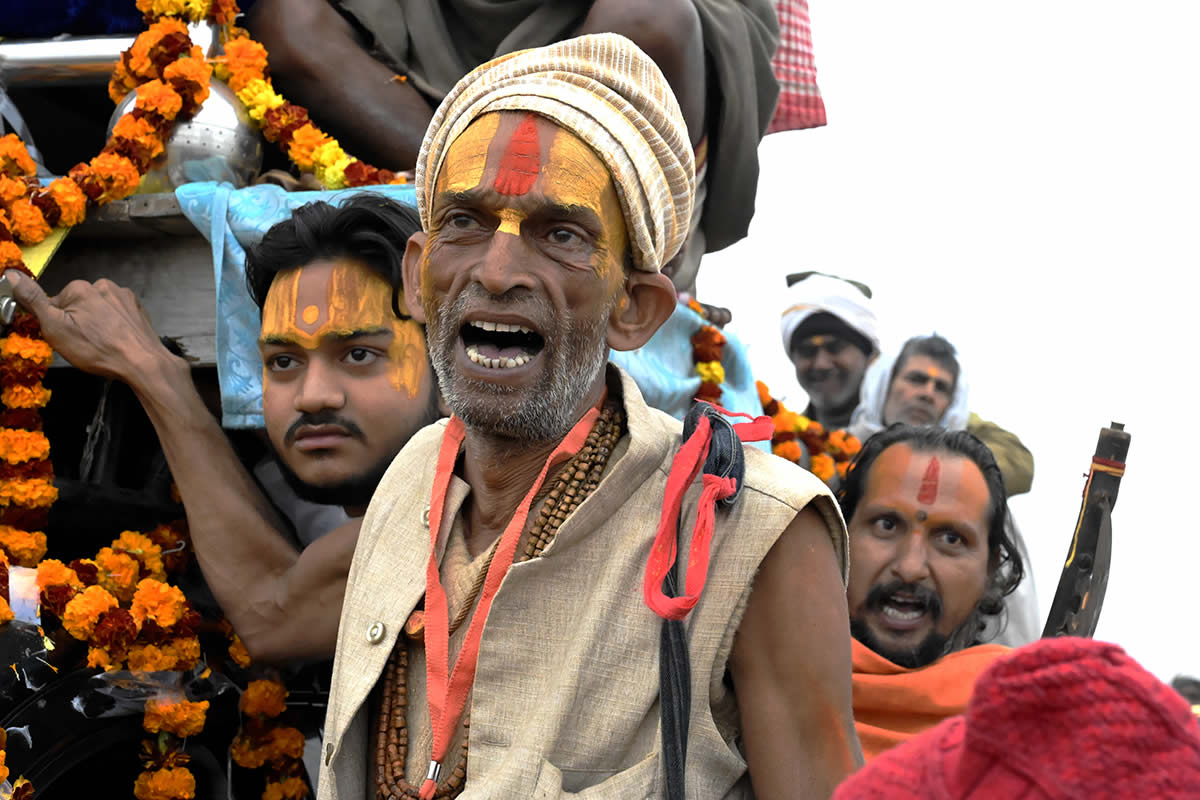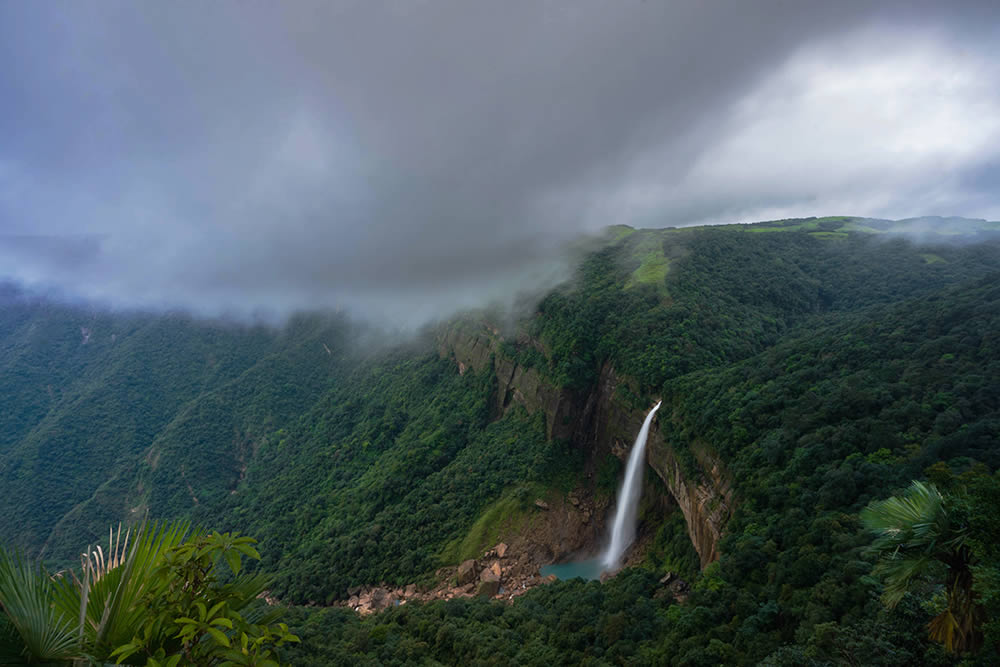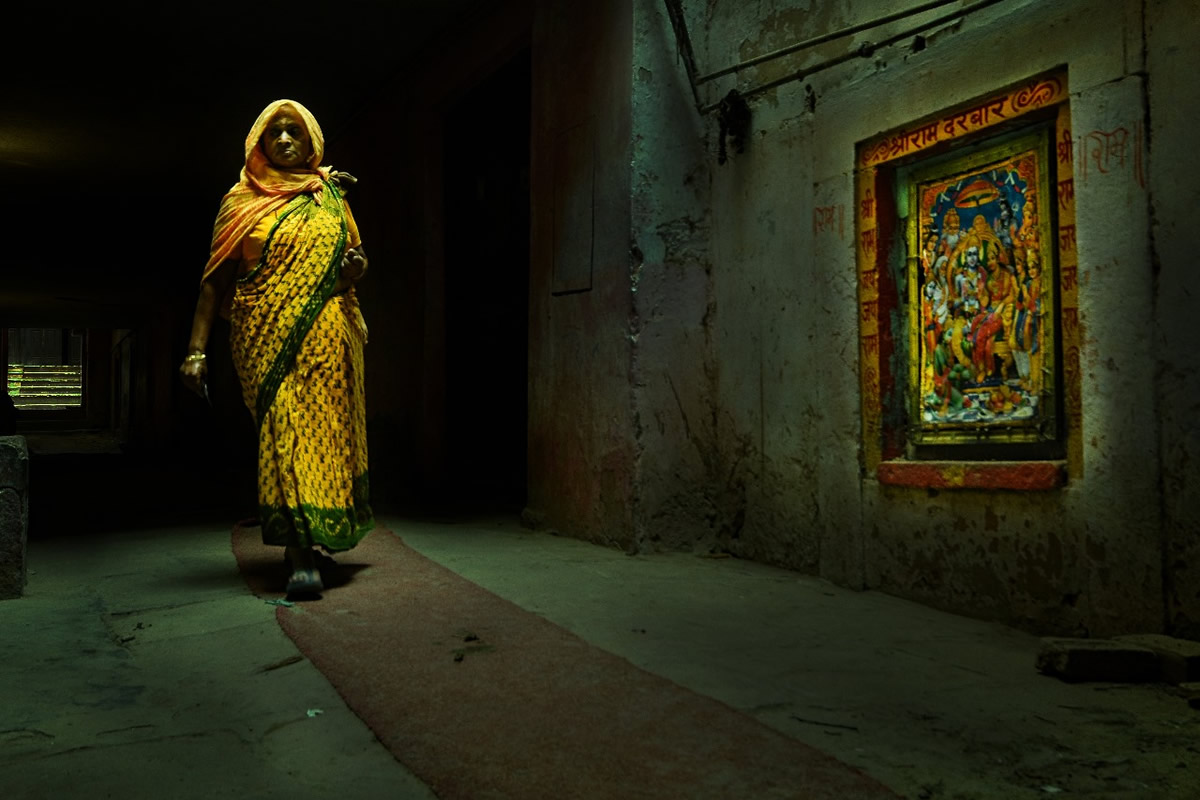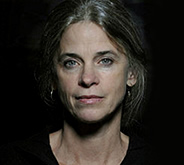Documentary Project By : Sanjit Das
Bokapahadi may be the closest you can find on Earth to the biblical vision of Hell.
Coal fires rage just below the surface of the ground, making it too hot to walk with naked feet. Thousands of residents who live above the furnace make $2 a day collecting small chunks of coal they sell to illegal middlemen. Noxious gases spew up from fissures, making the environment toxic. One or two houses collapse annually into vast underground caverns left unfilled by abandoned mining operations. But when the central government offered residents a fresh start in a brand new town constructed especially for them nearby, they made an unexpected choice: They stayed put. The reason: Despite spending $90 million on 3,000 new homes already and allocating $2 billion more for another 10,000, the government’s plan for the new town fell far short of what the coal pickers said they needed. Yes, they were offered freshly-painted apartments with adjoining kitchens rather than their fume-filled one room shacks. But the plan made no provision for transporting them four miles back to the coal face, the only job they know, and no provision for new employment. Besides, residents distrusted the government’s motives, figuring it just wanted to lay claim to the vast coal reserves in Bokapahadi.
The government denies that, saying it is only concerned about safety: The new town was built after hundreds tumbled into the fiery void in 2006. The apartments now stand empty. The Indian government has made revitalizing rural India and improving rural livelihoods one of its top priorities. It has poured billions of dollars into economic development and jobs programs as well as projects to improve the grim circumstances that beset the hundreds of millions at the bottom of the heap. Helping the aam aadmi, or “common man” is the stated central focus of its administration. But many of its ambitious plans targeted at helping its most vulnerable citizens are failing, not because of a lack of money but because they are poorly conceived and executed, frequently omitting basic considerations that undermine their entire purpose and wasting the government’s money. Added onto this is a high level of mistrust that has build up over decades of corruption and mismanagement. It all helps explain how India can be one of the world’s fastest-growing economies yet continues to be dragged down by rampant povery.
Please click on the image for Captions and Enlarge View.
You can find Sanjit Das on the Web :
Copyrights:
All the pictures in this post are copyrighted to Sanjit Das. Their reproduction, even in part, is forbidden without the explicit approval of the rightful owners.

